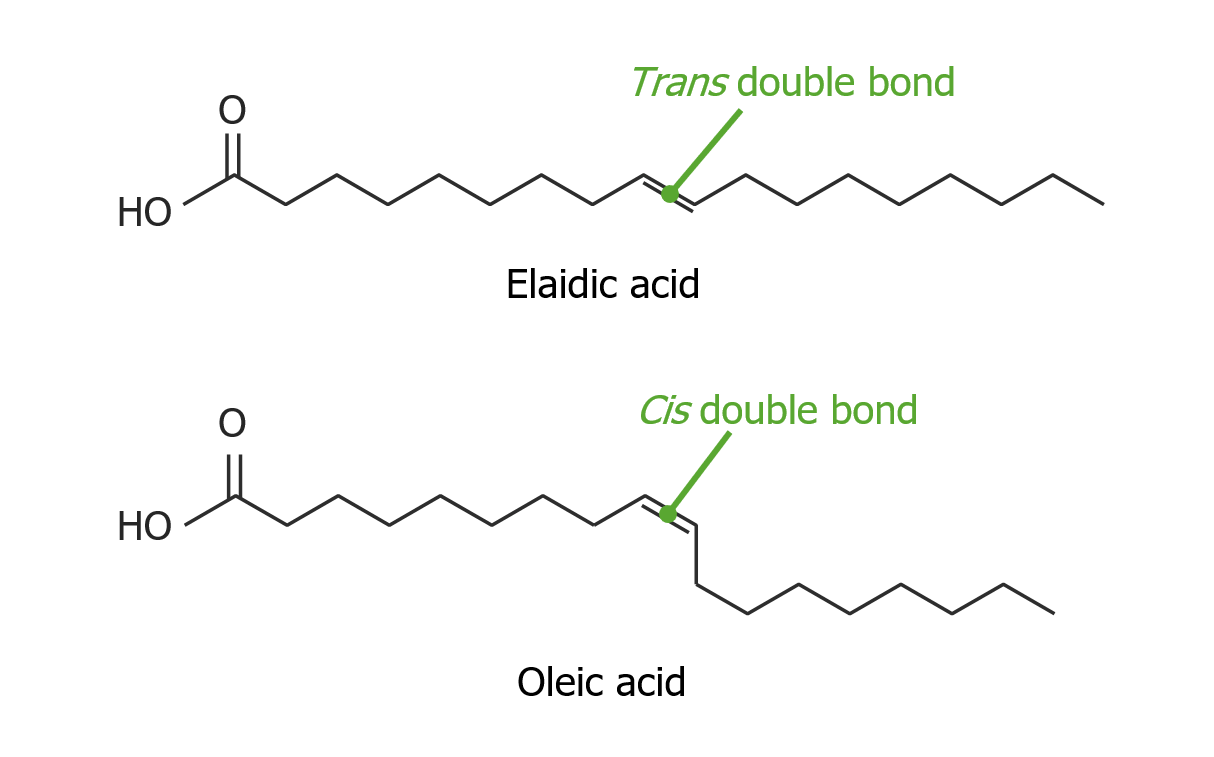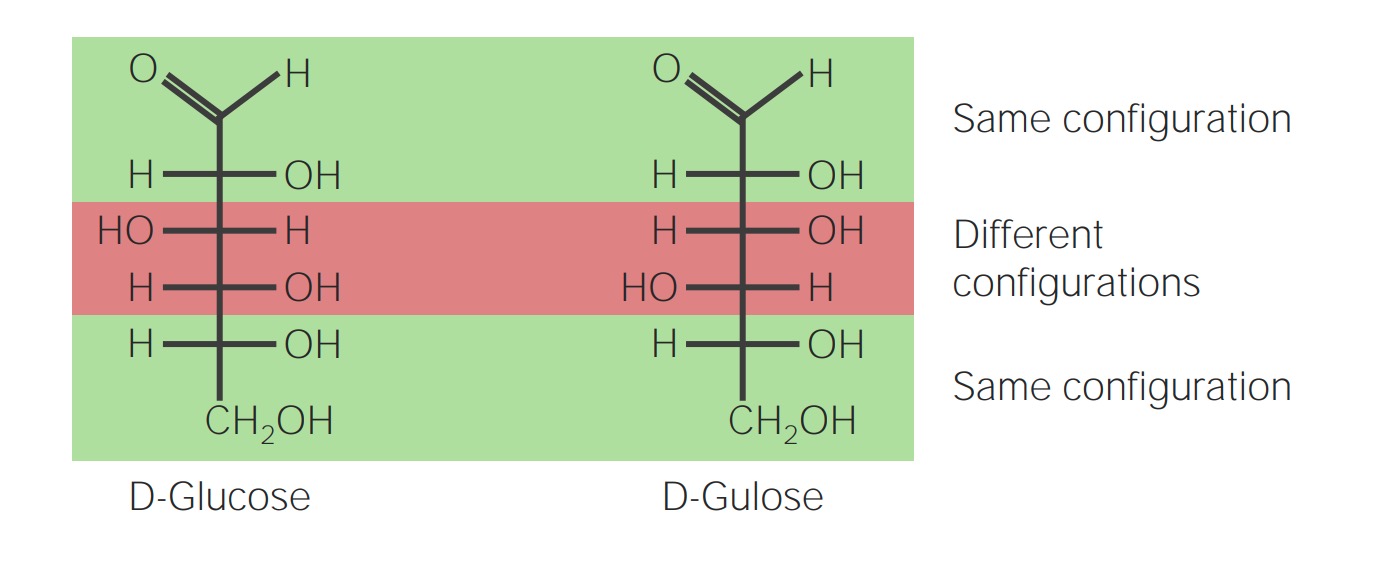Playlist
Show Playlist
Hide Playlist
Cell Identity
-
Slides 07 Membranes CellBiology.pdf
-
Reference List Molecular and Cell Biology.pdf
-
Download Lecture Overview
00:01 Now we should take a look at some of the specific cell labels. 00:07 Give a couple examples of these cell labels that you might see in the extracellular matrix. 00:12 Extracellular matrix, just matrix means stuff in general. 00:16 So on the outside we will see lots of glycoprotein tags, for example, when we are thinking about ABO blood typing. 00:29 Each of the A and B labels are glycoproteins that exist on the outside of the red blood cells. 00:36 So our body will know that it's our type blood. If we were to put type B blood into a type A person, then that type B blood would be recognized as foreign because the type A person doesn't have that label. 00:48 So glycoproteins are labels. Glyco means that it's got protein component and it also has glucose component. 01:00 The other class that we see are glycolipids. Again the sugar is directly attached to the glycolipids, those are more involved in communication of the cells. 01:12 So finally we can look at major histocompatibility proteins. 01:17 These are other labels that there's a lot of active research going on in it at the moment. 01:22 Major histocompatibility proteins identify "self" from "non-self". 01:28 So an example would be the sorts of things we see with the red blood cell and A and B labelling. 01:33 Or in the immune system, we may sometimes see there are cancer cells or invading cells that are not displaying self labels. 01:42 These major histocompatibility proteins are made by our immune system to identify invaders. 01:50 It's a very active area of research currently. 01:53 But simply they're cell labels, identifying "self" from "non-self". We call them MHC proteins. 02:02 So some cells interact so closely because they are part of the same tissue and they need to actually physically be connected to each other. 02:11 So that's where the simplest form of connection will be seen with these cadherin based junctions. 02:19 This is an example of where we have a single transmembrane domain or two of them, one from each cell and they connect with each other. 02:30 You can see that in the example here, the lower cell membrane has a single pass protein and it's attached to an actin molecule. So one of the cytoskeletal elements. 02:41 That way, that protein is held stably in the membrane and it can associate with a similar protein on its neighbouring cell. 02:49 And so these cadherin based junctions, being anchored to the cytoskeleton allow cells to connect to each other. 02:58 So very simple junctions but many of the other junctions that we'll explore will be based on the same kind of concept.
About the Lecture
The lecture Cell Identity by Georgina Cornwall, PhD is from the course Cellular Structure.
Included Quiz Questions
Why is it important to know both the donor's and recipient's blood types before blood transfusion?
- To know if the donated blood type is compatible with the recipient and avoid a rejection reaction
- To know the number of red blood cells (RBCs) present in the blood of the donor
- To know the oxygen-carrying capacity of the donor blood
- To know the carbon dioxide load in the donor blood sample
- To know the exact amount of immunoglobulins in the blood of the donor
Which of the following is NOT correctly matched?
- ABO blood typing — based on lysosomal enzyme profiling in RBCs
- Glycoproteins — act as cell identity tags
- Major histocompatibility complex — helps the immune system to differentiate self-cells from the invaders
- Cadherin-based junctions — single-pass transmembrane proteins that connect two neighboring cells
- Glycolipids — help in cell communication
Glycoproteins on cell membranes act as what?
- Cell identity markers
- Storage molecules
- Hereditary molecules
- Energy generators
- Photon-capturing units
Customer reviews
5,0 of 5 stars
| 5 Stars |
|
5 |
| 4 Stars |
|
0 |
| 3 Stars |
|
0 |
| 2 Stars |
|
0 |
| 1 Star |
|
0 |






